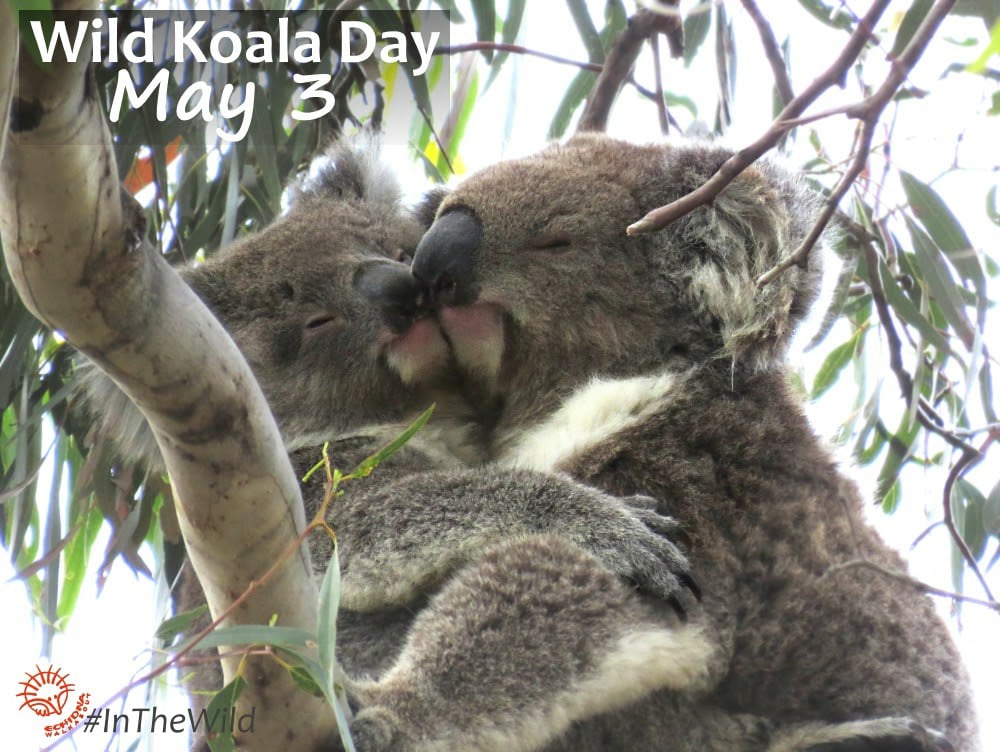What trees to plant?
Tree species are broken down into primary food trees that offer the highest levels of nutrients and the lowest amounts of phenols and tannins. Primary food trees are usually found on rich, thick soils with a higher nutrient content and greater access to water via regular rainfall. Secondary species are found in areas considered marginal, in that the soils are thin and/or are above rocky substrates with poor rainfall as well as lower levels of nutrients.
Within the South East region of Queensland, the koala food trees most preferred are as provided at this following link.
The koala (Phascolarctidae Cinereus), Queensland's faunal emblem is on the brink of extinction in many parts of its bushland habitat. In 2004 the koala was declared ‘regionally vulnerable’ in Queensland because habitat loss and fragmentation, motor vehicle strikes, dog attacks and disease saw a 30% decrease in the koala population in less than a decade.
Despite this, continuing loss of habitat has been increasing and ongoing. Up to 80% of the koala population in Southeast Queensland has been lost according to recent research, due to destruction of woodland habitat, and traffic issues and domestic dog attacks. The Interim Report from the Southeast Queensland Koala Expert Panel implicitly acknowledges that there is a real risk that the koala will become extinct in the wild in Southeast Queensland in coming years.
“Whilst better mapping of habitat and monitoring is always helpful, to have this as the main recommended approaches is essentially throwing in the towel on proactively saving the koala in the wild. The koala in Southeast Queensland deserves better than to become merely an attraction in zoos and reserves.
Actions to support Wild Koala Day #WildKoalaDay can include the following:
Phone a politician on Wild Koala Day and ask them to protect koalas.
Koala Clancy - a well known koala in the wild in Victoria - has gathered contacts and provides helpful hints on what to say. Use tips are provided to write and sample phone call script.
